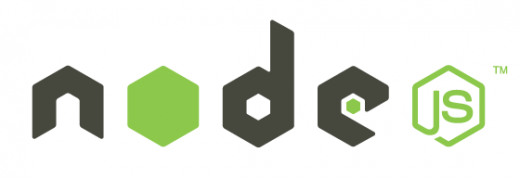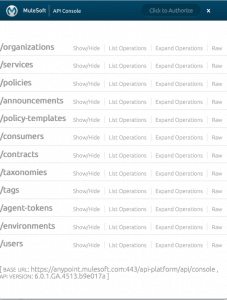Reading Time: 5 minutes
Netflix has decided to shut down public API support for third-party developers. An interesting decision, and in my opinion a bad one.
Launched six years ago, the Netflix API provided developers a way to access content from their streaming and DVD catalog. That helped the company grow and gave developers a way to build new experiences around Netflix content (for example Flixster).
Last year the company said it would stop issuing new API keys to developers and last Friday they announced that their API will stop working on November 14th for most developers, except a few key partners and applications.
This seems like a pretty bad idea. Here’s why..
Netflix has a massive catalog of data. However, the thing it doesn’t have is a massive catalog of features and functionality. Sure you can search, look up movies, review ratings, stream movies etc – but that is more or less the extent of it. Netflix is operating in a relatively closed feature set and it’s primary focus is around better streaming, playback and a growing catalog of movies.
It’s primarily for this reason that Netflix should be expanding its API and opening it up to developers more, not the other way around. By allowing third-party developers to take your data, mesh with it and come up with new ideas and features, you build out a bigger ecosystem around your products that adds way more value to your business in the long run.
Twitter’s API handles over 13 billion API calls a day and there are over 750,000 developers around the world contributing applications to the ecosystem. There are over 9 million applications built on the Facebook Open Graph API. Neither of these companies could have built out the application ecosystem they have today without embracing API support and acknowledging that there are a lot of very smart developers out there who might just come up with better ideas than they can.
It’s unlikely Netflix will be the the first and only to come up with every brilliant new feature around movie catalog management, social interaction, streaming and playback. And now it’s missing out on a whole community of developers who will build applications and features in potential areas that aren’t even on their radar.
With Amazon, Hulu, major TV carriers and soon Google nipping into their business model the best thing they could do would be to embrace the developer community, encourage thousands of third-party developers to build an ecosystem around their data and features and help propel their business into areas they didn’t even anticipate.
Netflix should be expanding their API to the developer community and not the other way around.










